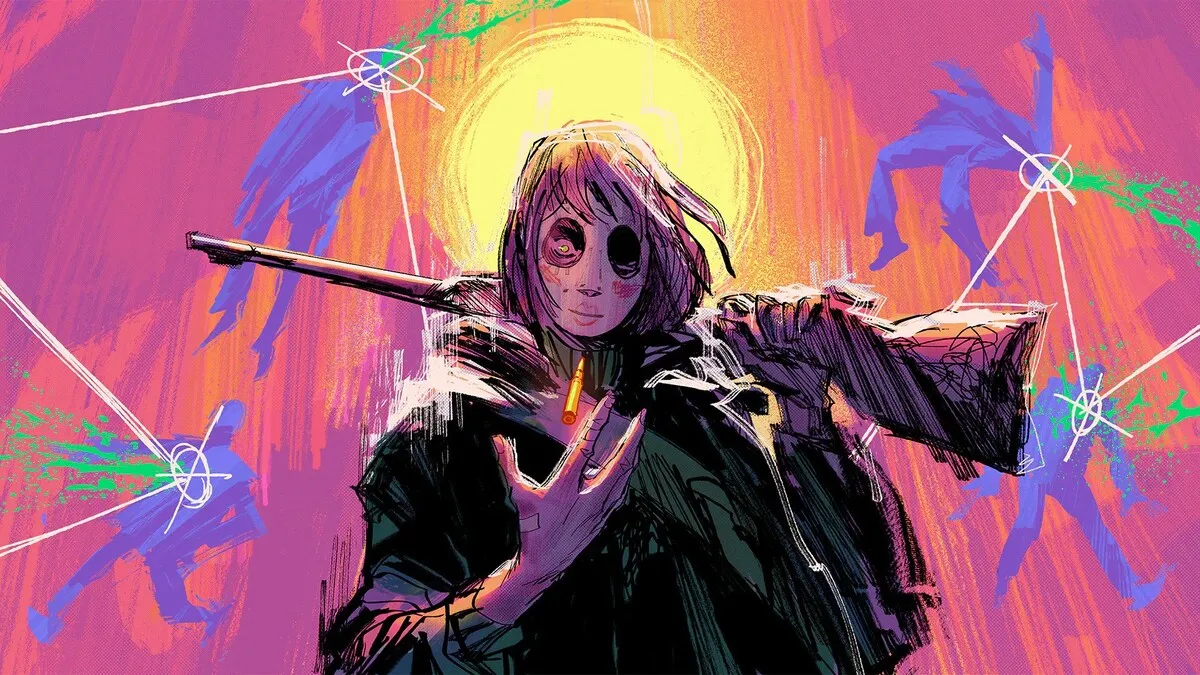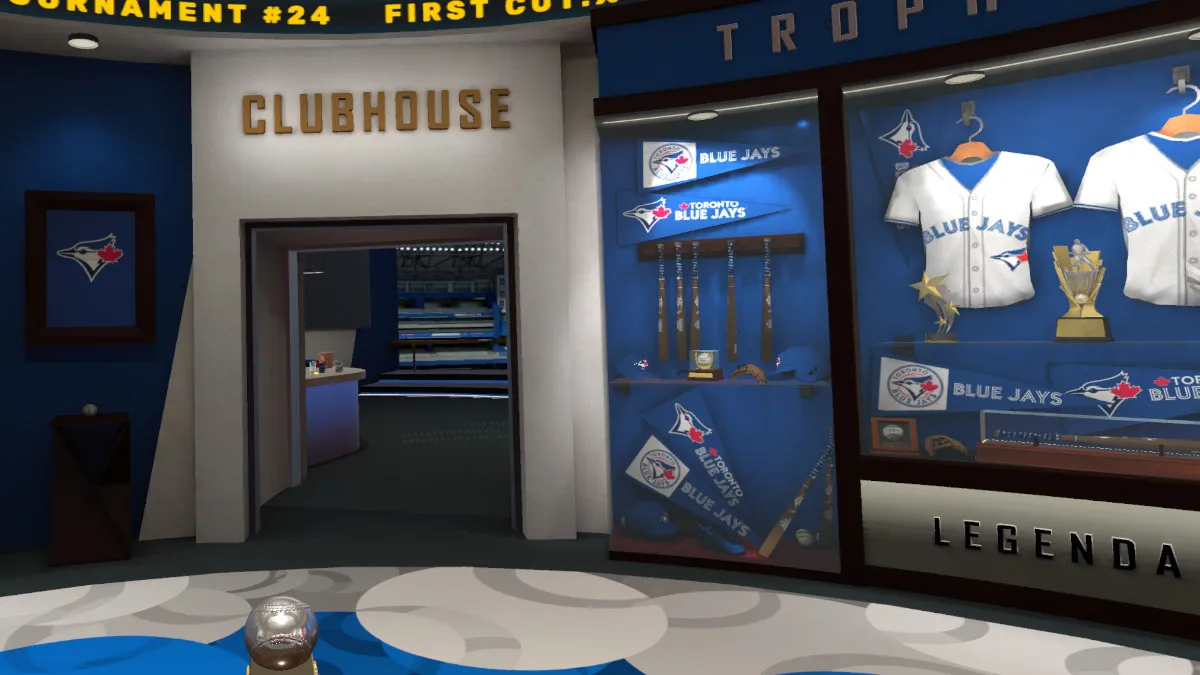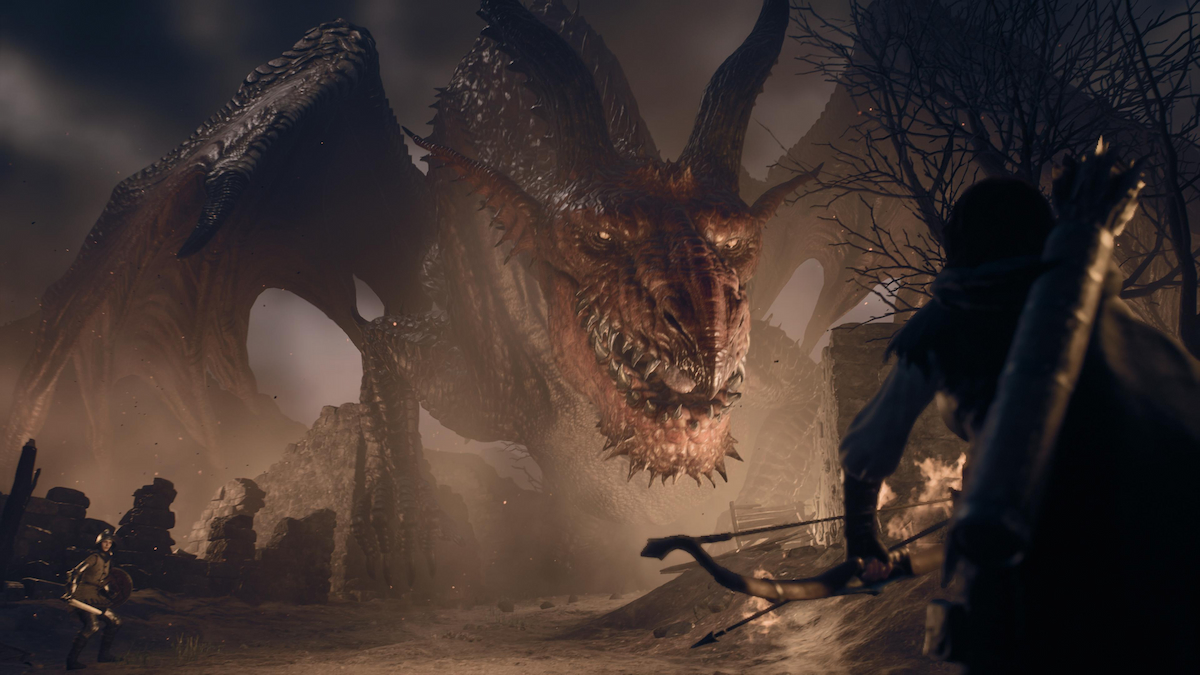Remember when Metroidvania games were unusual? Me too! Now there’s a new one every other game release. There are reasons for that of course, as that style lends itself super well to aspiring game creators and is also a sign of growing up with niche tastes. But the best thing about Metroidvanias taking over indie games is all the different ways folks try to innovate. We aren’t just seeing Symphony of the Night tributes; each one of these finds a new angle or some other way to create a unique experience that subverts expectations.
So, what if you had a Metroidvania-style frame, but instead of massive bosses, ability upgrades, gated progress and Dracula proxies, you had a monster battling game ala Pokemon? Well, you do now. It’s this game: Monster Sanctuary. This game’s world is a large, interconnected map with puzzles, locked doors, and biomes. But nothing in there is trying to kill you. Instead, you’re one of a community of “Keepers” raising monsters, battling in friendly competition and stumbling into secret mischief from a group of malevolent weirdos.
The setup is pretty basic, but that’s kind of how these things work. You live in an area called the Monster’s Sanctuary, which is walled off from the rest of the world for Politics Reasons. Everyone here participates in a community-driven monster breeding/training/battling culture, and you’re one of a small group of “Spectral Keepers,” families who have special access to the Spectral Familiars. These are powerful creatures that are connected to these families, and also your “starter.”

Once you pick a starter, the game kicks you out of the nest and the journey starts from there. The lush colors and attractive sprite art are easy early motivators, but the real draw is the combat system. Despite being a Metroidvania structurally, Monster Sanctuary features turn-based battles between monsters, the classic genre staple. Battles are three-by-three, but you can have up to six monsters as part of your main team, giving you options to react to advantage shifts.
Acquiring more monsters is as simple as exploring the world and getting into battles. Every battle you fight has a chance of dropping an egg, and the better you do in battle the better your chance at eggs and other rare items. You’re graded by several metrics, which ends up being great motivation to invest the brain power into strategy, even for easy fights.
It doesn’t take long to build a roster of monsters, and that’s a good thing. Not only do you get plenty of options, monsters also have abilities outside of battle you can use to open special doors, find hidden passages, and more. Each monster also has several skill trees, which you gain points for each level up. So rather than the Pokemon style of managing a smaller move pool, your monsters grow in power and utility with new skills, upgrades, and even passive abilities.

This makes for engaging combat, which is great because Monster Sanctuary can get pretty grindy at times. The interesting part to me is that your squad heals up after every encounter, and the weaknesses and strengths of every creature you encounter is displayed for free. This sounds like it makes things too easy on paper, but in practice it’s a strange angle for extra depth. I found myself constantly moving around monsters, trying different approaches to skill trees, and just in general really thinking hard about my team composition. Each new battle was an opportunity to find something missing, discover new synergies, and grow stronger in ways beyond making numbers go up.
But if monsters are governing things like combat and abilities, what’s going on in the exploring part of the ‘Vania formula? Monsters have JRPG-style equipment, similarly to how Dragon Quest Monsters does its thing. But there’s a ton of equipment to find, treasure chests everywhere, and much more nuance than I expected from weapons and armor. Equipment seriously contributes to the “build” development, as each piece provides specific bonuses that slot in nicely with a monster’s chosen skills and capabilities. Much like my roster, I found myself often moving gear around between my squad, figuring out the best way to maximize my crew’s potential. A rudimentary upgrade system adds a little flavor on top, giving you reasons to keep exploring and fighting for materials to make those buffs even stronger.
Beyond kicking ass, there are other incentives to engage with Monster Sanctuary’s systems and grinding. You’ll inevitably get repeat eggs for example, but you can take them back to the Keeper Stronghold to donate them to the “army,” leveling up your peoples’ defenses and giving you milestone rewards. There are also various kinds of challenges you gain access to as you defeat Champions (bosses), such as an endless survival mode, tournaments, and of course multiplayer.
For such a small-looking game, Monster Sanctuary is bursting with content and reasons to touch all of it. From the enticing loop of running around an ever-growing map to finding and evolving new monsters, I found myself losing hours at a time to this little gem. The depth of combat, rewards for participating in everything, and of course finding new creatures and hidden items all mold together in an experience that’s easily a genre standout. Frankly I’d place Monster Sanctuary up there with games like Digimon Story: Cyber Sleuth and Shin Megami Tensei for taking such a familiar premise and doing unexpected, cool stuff with it.

I cannot overstate how shining an endorsement grouping a game with Cyber Sleuth is from me.
Pros:
- A distinct collection of systems that have depth, in-game motivators and satisfying conclusions
- Great sprite art and animation that gives life to the map and world, and style and presence to the monsters despite their small size.
- Brisk pace that provides room for grinding without overstaying its welcome or dropping huge roadblocks in your face
Cons:
- Occasional performance hitches (Switch) that can interfere with platforming
- Weird moments with things like spike traps that don’t “kill” you, and disrupt the game with not much benefit (there’s a Mega Man spikey free fall moment that felt like it was just there to be an annoying reference)
- Storytelling is a bit on the bland side, but is clearly not a focus
Score: 9/10
A copy of this game was provided by the publisher for review




